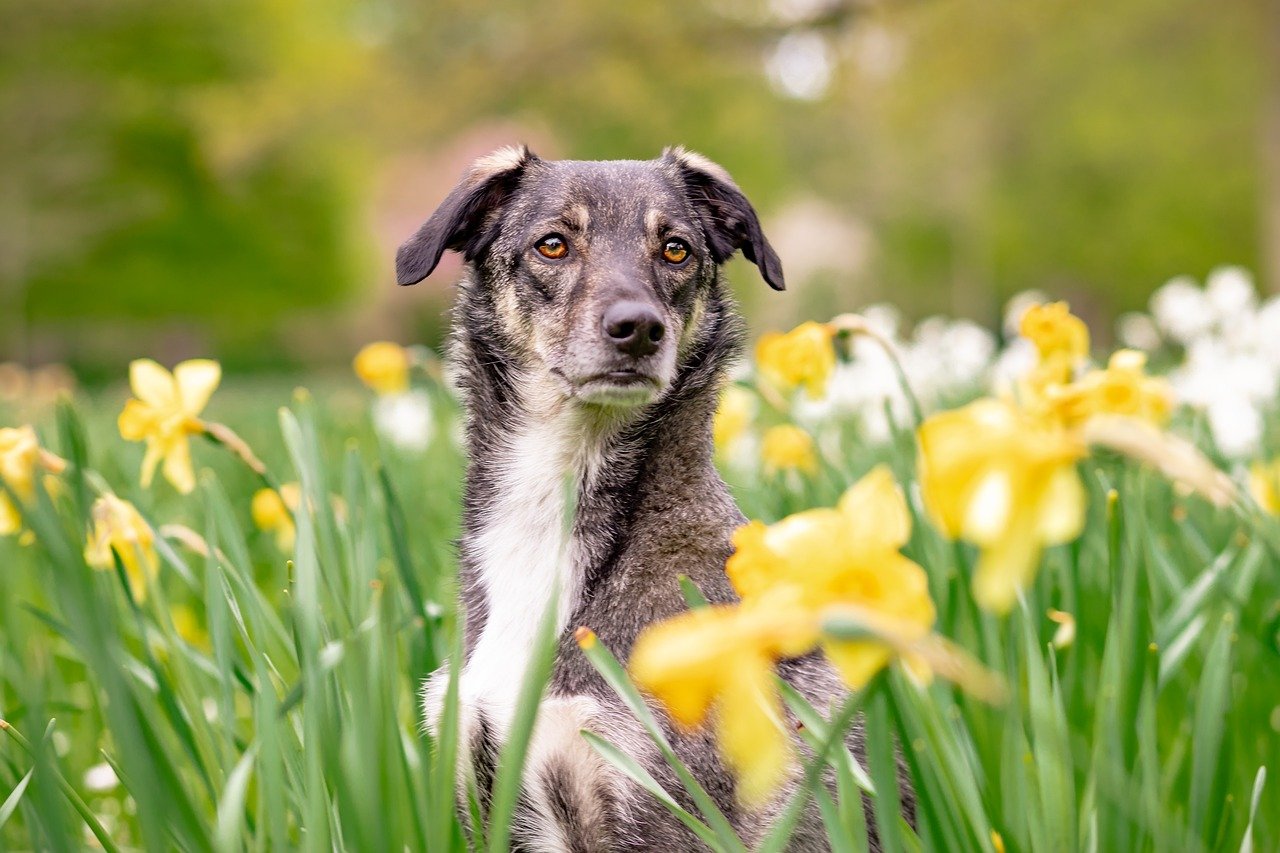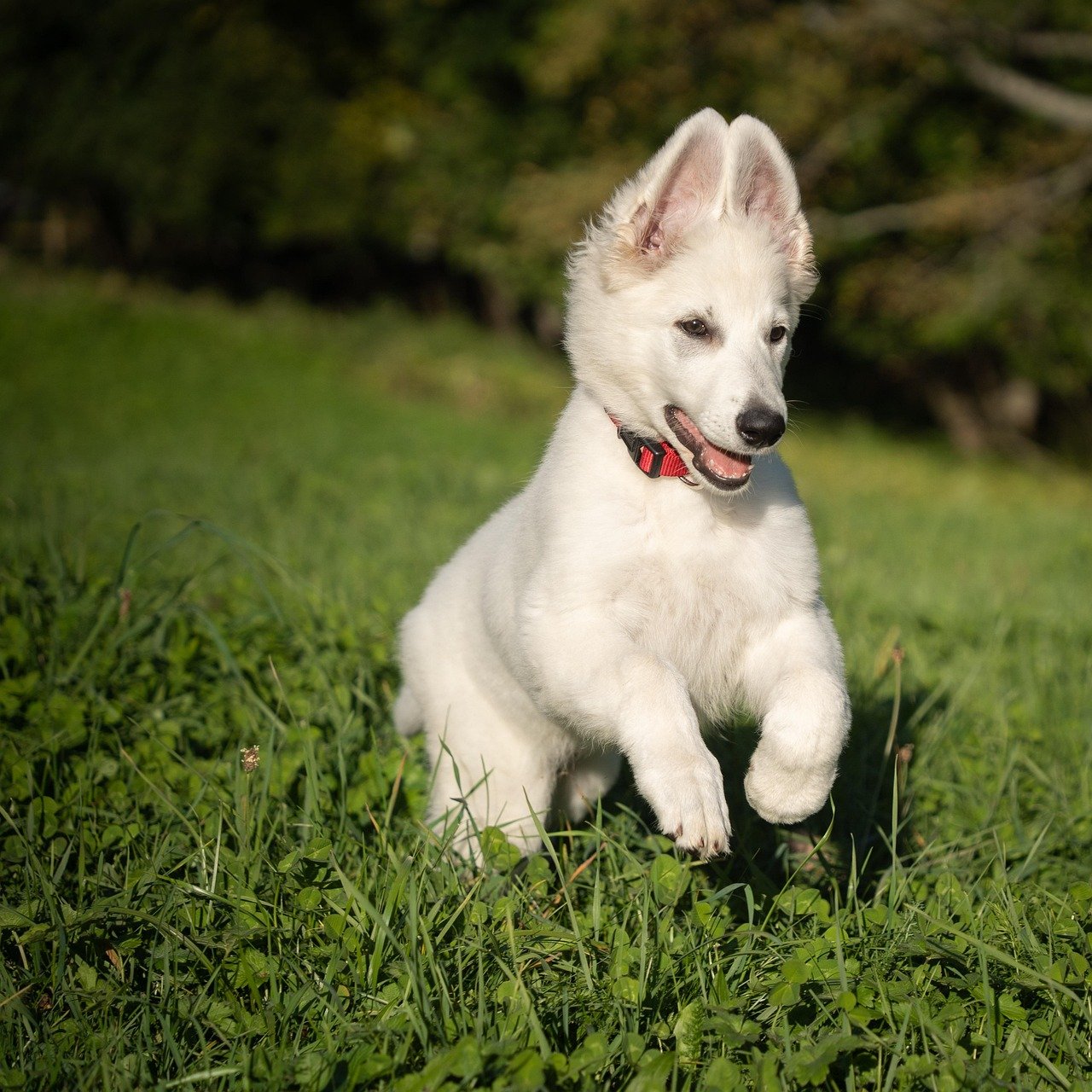Imagine opening your back door to a world where your dog’s tail wags with pure joy, their paws safe from hidden dangers, and your garden is a green haven safe for both your pet and the planet. Transforming your yard isn’t just about convenience—it’s about creating a space that’s bursting with life, laughter, and muddy paw prints. But here’s the twist: not every beautiful lawn is safe for curious noses and playful pups. Dog lovers everywhere know the heartbreak of a sick pet, and the shock of learning the backyard was to blame. Let’s turn that worry into inspiration. If you’re ready to trade stress for smiles and transform your slice of the outdoors into a safe playground, you’re in the right place. Let’s dig in—literally!
Why Your Backyard Matters More Than You Think
Your backyard is more than just grass and fences—it’s your dog’s kingdom, their personal adventure park. For many pups, the backyard is the place to run, sniff, and nap in the sun. It’s where puppies learn to chase butterflies and older dogs find shady spots to rest. But this outdoor escape can hide dangers most owners never consider. Fertilizers, toxic plants, and sharp tools can turn a paradise into a hazard zone. Plus, the way you manage your yard can impact not just your pup, but other pets, wildlife, and even your family’s health. Making your backyard safer isn’t just a “nice-to-have”—it’s a way to show love that goes beyond belly rubs and treats.
Choosing Safe And Dog-Friendly Grass
When you think “lawn,” you probably picture that lush green carpet. But not all grass is created equal. Some types, like Bermuda or Kentucky Bluegrass, stand up well to playful paws and frequent running. Others, like fescue, are softer and less likely to irritate sensitive skin. Here’s the catch: avoid using grass seed mixes that contain toxic coatings or pesticides, which can linger in the soil long after planting. If your dog loves to dig or roll, opt for hardy, non-toxic varieties. You might even consider artificial turf—but beware, some types can get hot and uncomfortable for paws in summer. A good rule of thumb? If you wouldn’t want to walk barefoot across your yard, neither does your dog.
Plants To Embrace—And Ones To Avoid

A vibrant garden adds color and life, but did you know many common plants can make dogs sick? Azaleas, lilies, and sago palms are beautiful but toxic if chewed. Instead, fill your yard with dog-safe favorites like sunflowers, marigolds, and snapdragons. Herbs like rosemary and basil not only smell great but are harmless for curious sniffers. Want a low-maintenance option? Native plants are often safer and require less water and care. Always double-check before planting anything new. And remember: even “safe” plants can cause upset stomachs if eaten in large amounts, so supervise your dog’s garden adventures.
Pesticides, Herbicides, And Fertilizers: The Hidden Dangers
We all want a weed-free, green lawn, but what’s in those bottles can be a nightmare for dogs. Chemicals in many common fertilizers and weed killers can linger on grass, rub off on paws, and end up in your dog’s mouth. Symptoms from exposure can range from drooling and vomiting to seizures or worse. The solution? Look for pet-safe products made from natural ingredients like compost or seaweed. Better yet, embrace a little imperfection—a dandelion or two is a small price to pay for peace of mind. Always keep dogs off treated lawns until products have fully dried or, better yet, skip the chemicals entirely.
Creating Cozy Corners And Shady Retreats
Dogs crave comfort just as much as people do. A backyard with no shade can quickly become a heat trap, especially in summer. Planting fast-growing trees or installing a simple canopy creates cool hideouts for hot days. You could even set up a doghouse or tent for extra coziness. Place their favorite blanket or a chew toy nearby to make the spot irresistible. Watch where your dog naturally likes to nap—often, they’ll choose the coolest, breeziest spot in the yard. Make these corners official “rest zones,” and your pup will thank you with endless happy sighs.
Safe Fencing: Keeping Adventure In And Danger Out
A secure fence is a must for any dog-friendly backyard. But not all fences are equal. Chain-link is sturdy but can snag fur or paws, while wooden fences provide privacy but may hide escape holes. Consider your dog’s size and jumping ability—some adventurous pups can leap surprisingly high! For diggers, bury the fence base a few inches underground. If you have small dogs, make sure gaps between slats are too narrow for squeezing through. Gates should latch securely, and it’s smart to do a “fence check” every few weeks. It only takes one loose board for a curious dog to start an unexpected adventure.
Water Play—Fun, Refreshing, And Safe

Many dogs adore water, whether it’s splashing in a kiddie pool or chasing droplets from a sprinkler. But even small water features can turn risky if you’re not careful. Always supervise dogs around pools or ponds, and consider adding a ramp so they can climb out easily. Avoid chemical pool treatments that can irritate skin or eyes. For a safe splash zone, try a shallow, sturdy kiddie pool filled with clean water. Refresh it often and empty it out after playtime to prevent mosquitoes. Remember, just like humans, dogs need quick access to fresh drinking water—especially after a romp in the sun.
Designing Paths And Play Spaces
Backyards are more exciting when there’s a little adventure built in. Use gravel or mulch paths to create “sniffing trails” where your pup can explore safely. Raised beds or low obstacles add variety and offer a simple agility course. Want to encourage digging without ruining your flowerbeds? Set aside a “dig pit” filled with sand or soft soil, and bury toys or treats for treasure hunts. Play zones don’t have to be fancy—sometimes a sturdy stick and a patch of open space make for the happiest games. Design with your dog’s personality in mind: is she a runner, a digger, or a napper? Build your space around her favorite activities.
Composting And Waste Management

Let’s face it: dogs make messes. But you can turn that challenge into an eco-friendly advantage. Start a compost bin for yard waste, but avoid adding dog waste to regular compost, as it can harbor harmful bacteria. Instead, use a dedicated pet waste composter or biodegradable bags and dispose of them in the trash. For urine spots, rinse with water to prevent grass burn. Keep garbage and compost bins tightly closed—dogs are notorious for “dumpster diving” and can ingest harmful foods or objects. With a little planning, your backyard can stay clean, green, and safe for all.
Inviting Wildlife—Without Inviting Trouble

It’s magical to watch birds or butterflies flutter through your yard, but not all visitors are welcome. Standing water can attract mosquitoes, and unsecured trash may bring raccoons or worse. Planting native flowers supports pollinators without drawing in pests. Avoid leaving food outside, and use motion-activated lights to deter nighttime critters. If you feed birds, keep feeders out of reach of curious pups. Adding a few rocks or logs can create safe spots for harmless insects, but always watch for bees or wasps that might sting sensitive snouts. Balance is key: invite the right wildlife, but keep safety first.
Year-Round Maintenance For A Happy, Healthy Yard

The work doesn’t end after your backyard makeover. Regular maintenance keeps your space both beautiful and safe. Rake leaves to prevent slippery patches, and check for mold or mushrooms, which can be toxic if eaten. Inspect fences and gates for damage after storms or heavy winds. Clean water bowls and play areas often, especially during hot months when bacteria grow quickly. In winter, use pet-safe ice melt on paths to avoid chemical burns. A well-cared-for yard isn’t just easier on the eyes—it’s a daily act of love for your four-legged friend.

Esther is from India; the heartbeat of South Asia, holding a Master’s degree in Zoology and a postgraduate diploma in Animal Welfare. Her enthusiasm for animal welfare drives her passion and dedication to working for animals, ensuring their well-being, and advocating for their rights. With a solid academic background and hands-on experience, she is committed to making a positive impact in the field of animal welfare. In her free time, she enjoys embroidery and sewing. As a Chennaite from Tamil Nadu, Esther loves Bharathanatyam, an Indian classical dance form.





